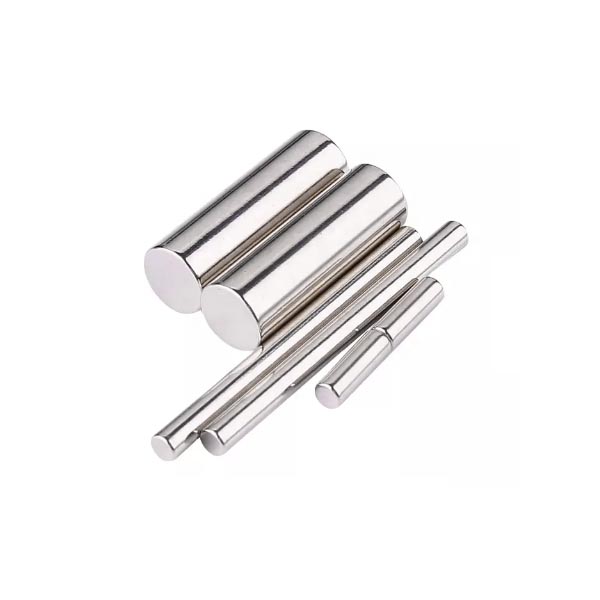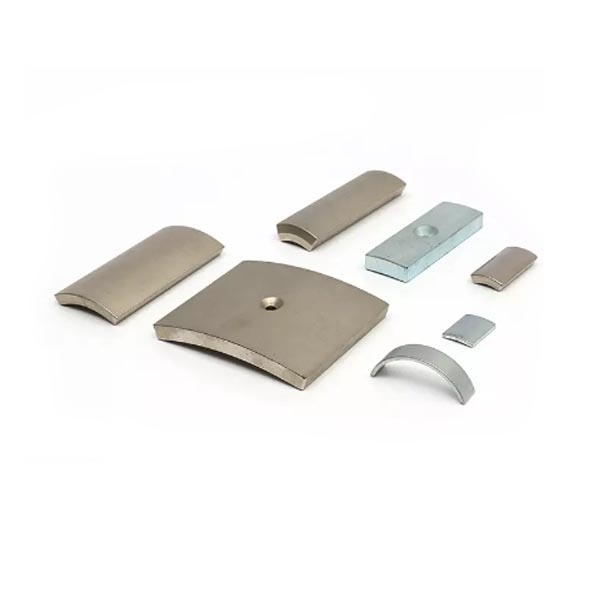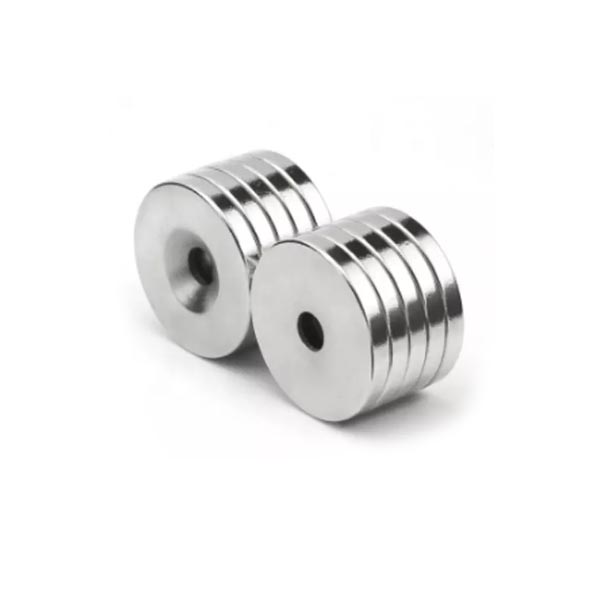In industries where magnetic strength, directional focus, and compact design are non-negotiable, U-shaped neodymium magnets stand as unsung heroes. But how are these powerful, uniquely shaped magnets born? The journey from raw powder to a high-performance magnetic workhorse is a feat of materials science, extreme engineering, and meticulous quality control. Let’s step inside the factory floor.
Raw Materials: The Foundation
It all starts with the "NdFeB" triad:
- Neodymium (Nd): The star of rare-earth elements, enabling unmatched magnetic strength.
- Iron (Fe): The structural backbone.
- Boron (B): The stabilizer, enhancing coercivity (resistance to demagnetization).
These elements are alloyed, melted, and rapidly cooled into flakes, then milled into a fine, micron-sized powder. Crucially, the powder must be oxygen-free (processed in inert gas/vacuum) to prevent oxidation that cripples magnetic performance.
Stage 1: Pressing – Shaping the Future
The powder is loaded into molds. For U-shaped magnets, two pressing methods dominate:
- Isostatic Pressing:
- Powder is encased in a flexible mold.
- Subjected to ultra-high hydraulic pressure (10,000+ PSI) from all directions.
- Produces near-net-shape blanks with uniform density and magnetic alignment.
- Transverse Pressing:
- A magnetic field aligns particles during pressing.
- Critical for maximizing the magnet’s energy product (BH)max along the U’s poles.
Why it matters: Particle alignment determines the magnet’s directional strength—a misaligned U-magnet loses >30% efficiency.
Stage 2: Sintering – The "Bonding Fire"
The pressed "green" parts enter vacuum sintering furnaces:
- Heated to ≈1080°C (near melting point) for hours.
- Particles fuse into a dense, solid microstructure.
- Slow cooling locks in crystalline structure.
The Challenge: U-shapes are prone to warping due to uneven mass distribution. Fixture design and precise temperature curves are critical to maintain dimensional stability.
Stage 3: Machining – Precision in Every Curve
Sintered NdFeB is brittle (like ceramic). Shaping the U requires diamond-tool mastery:
- Grinding: Diamond-coated wheels cut the inner curve and outer legs to tolerances of ±0.05 mm.
- Wire EDM: For complex U-profiles, a charged wire vaporizes material with micron accuracy.
- Chamfering: All edges are smoothed to prevent chipping and concentrate magnetic flux.
Fun fact: NdFeB grinding sludge is highly flammable! Coolant systems prevent sparks and capture particles for recycling.
Stage 4: Bending – When Magnets Meet Origami
Alternative route for large U-magnets:
- Rectangular blocks are sintered and ground.
- Heated to ≈200°C (below Curie temperature).
- Hydraulically bent into a "U" against precision dies.
The Art: Too fast = cracks. Too cold = fractures. Temperature, pressure, and bend radius must harmonize to avoid micro-fractures that weaken the magnet.
Stage 5: Coating – The Armor
Bare NdFeB corrodes rapidly. Coating is non-negotiable:
- Electroplating: Nickel-copper-nickel (Ni-Cu-Ni) triple layers offer robust corrosion resistance.
- Epoxy/Parylene: For medical/environmental applications where metal ions are prohibited.
- Specialty: Gold (electronics), Zinc (cost-effective).
U-Shape Challenge: Coating the tight inner curve evenly requires specialized barrel plating or robotic spray systems.
Stage 6: Magnetizing – The "Awakening"
The magnet gains its power last, avoiding damage during handling:
- Placed between massive capacitor-driven coils.
- Subjected to a pulsed field > 30,000 Oe (3 Tesla) for milliseconds.
- Field direction is set perpendicular to the U’s base, aligning poles at the tips.
Key nuance: U-magnets often require multi-pole magnetization (e.g., alternating poles across the inner face) for sensor/motor use.
Stage 7: Quality Control – Beyond Gauss Meters
Every U-magnet undergoes ruthless testing:
- Gaussmeter/Fluxmeter: Measures surface field & flux density.
- Coordinate Measuring Machine (CMM): Verifies micron-level dimensional accuracy.
- Salt Spray Testing: Validates coating durability (e.g., 48–500+ hours resistance).
- Pull Tests: For holding magnets, validates adhesive force.
- Demagnetization Curve Analysis: Confirms (BH)max, Hci, HcJ.
Defects? Even a 2% deviation means rejection. U-shapes demand perfection.
Why the U-Shape Demands Premium Craftsmanship
- Stress Concentration: Bends and corners are fracture risks.
- Flux Path Integrity: Asymmetric shapes magnify alignment errors.
- Coating Uniformity: Inner curves trap bubbles or thin spots.
"Manufacturing a U-magnet isn’t just shaping material—it’s orchestrating physics."
— Senior Process Engineer, Magnet Factory
Conclusion: Where Engineering Meets Art
Next time you see a U-shaped neodymium magnet anchoring a high-speed motor, purifying recycled metals, or enabling a medical breakthrough, remember: its elegant curve hides a saga of atomic alignment, extreme heat, diamond precision, and relentless validation. This isn’t just manufacturing—it’s the quiet triumph of materials science pushing industrial limits.
Interested in custom U-shaped magnets? Share your specs – we’ll navigate the manufacturing maze for you.
Your Custom Neodymium Magnets Project
We can offer the OEM/ODM services of our products. The product can be customized according to your personalized requirements, including the size, Shape, performance, and coating. please offer your design documents or tell us your ideas and our R&D team will do the rest.
Post time: Jul-10-2025







